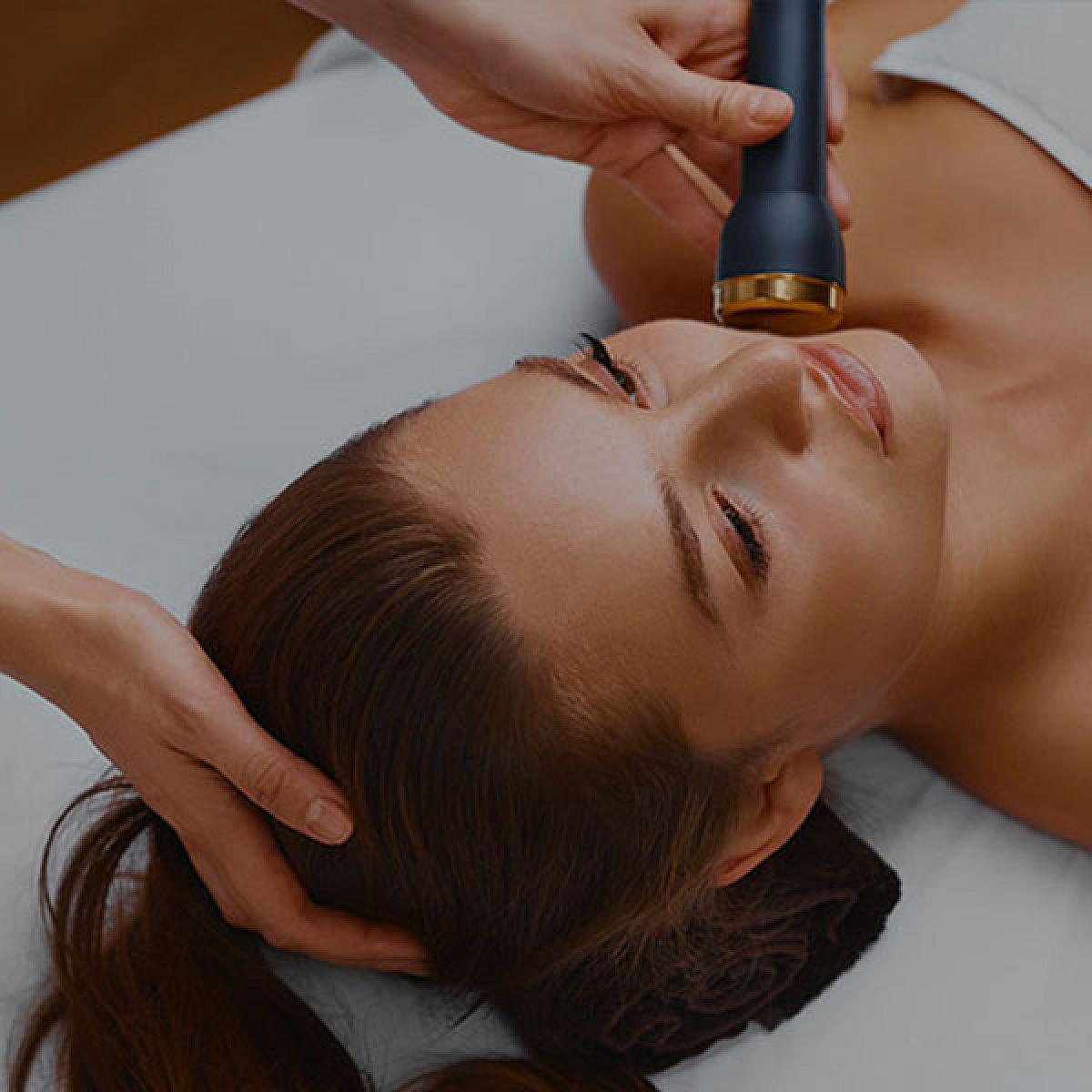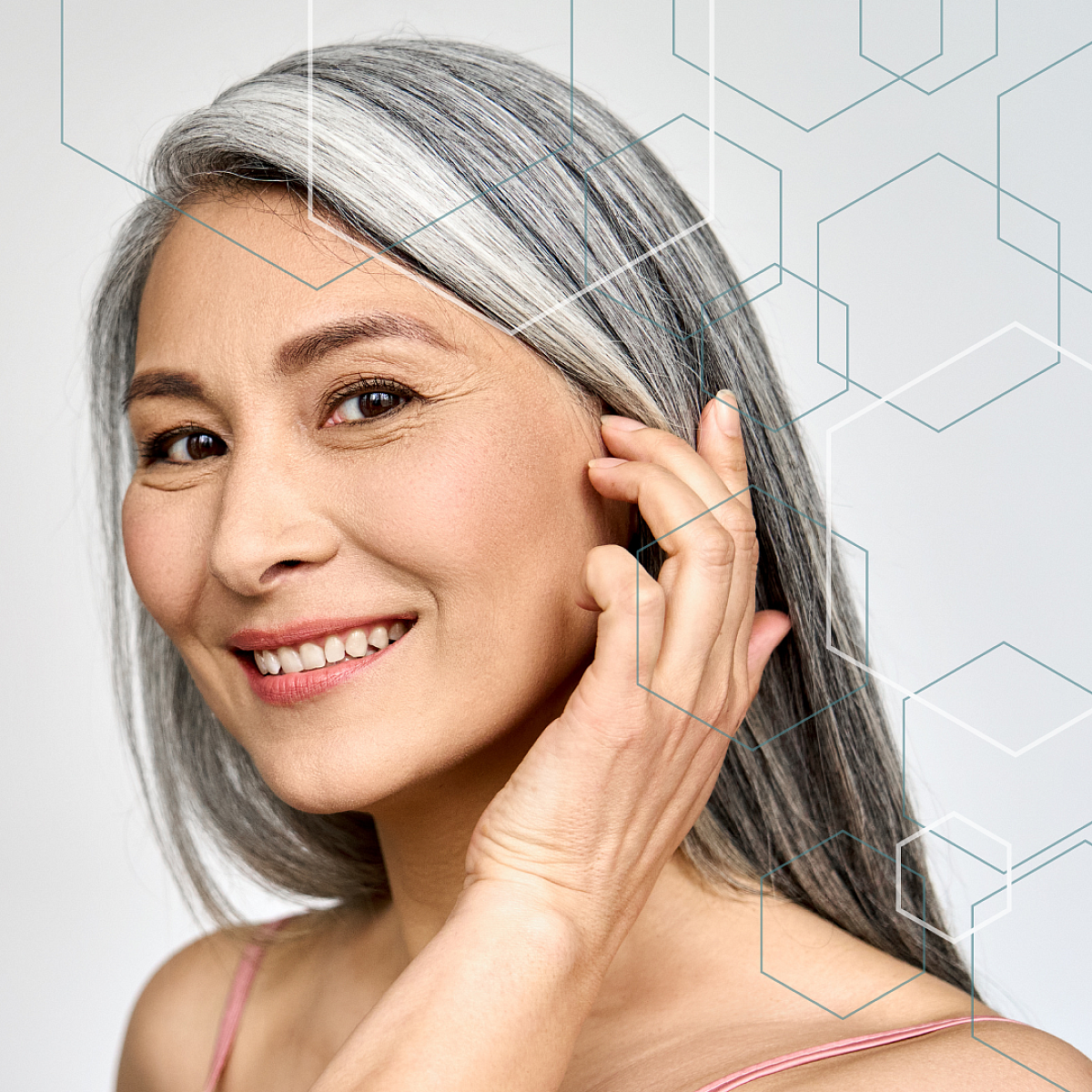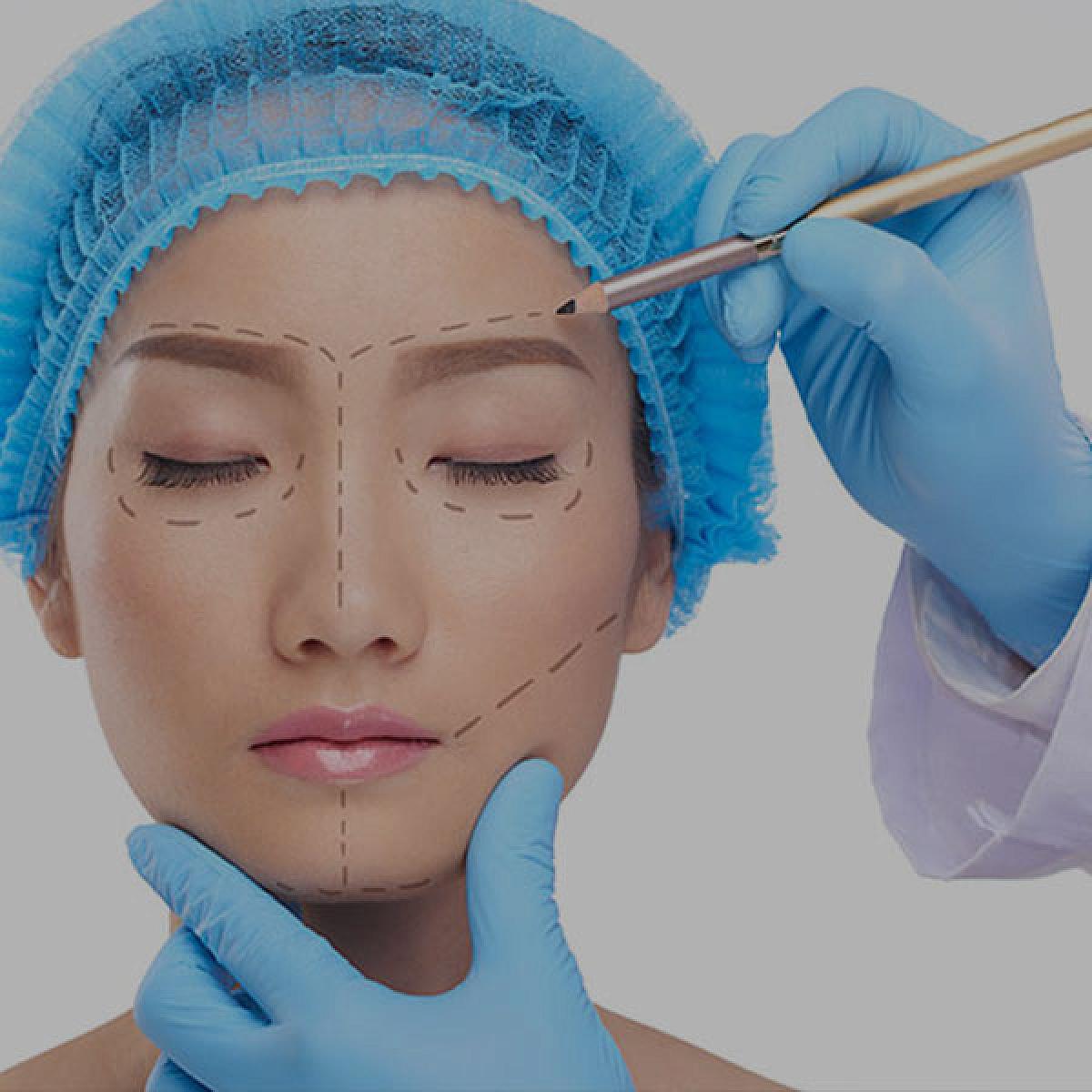
What is Microneedling?
Microneedling is a skin treatment performed by our master estheticians. During the procedure, we will use a device with a sterile needle tip made up of 14 very fine, short needles that puncture the first layer of your skin.
Our master estheticians at University of Utah Health use a SkinPen® by Bellus Medical — the first microneedling device cleared by the U.S. Food and Drug Administration, clinically proven to safely and effectively treat facial acne scars for ages 22 and up.
What Does Microneedling Do for Your Skin?
Microneedling creates tiny holes in your skin, which encourages the treated area to create more collagen. The collagen-rich tissues will create a more even skin texture and tone.
Microneedling with Platelet-Rich Plasma (PRP)
This procedure can be combined with platelet rich plasma (PRP) for a faster recovery time and improved results. Platelet-rich plasma (PRP) therapy uses platelets (a type of blood cell that helps your blood clot) and other materials inside your blood. Platelets help your wounds heal more quickly and can help your skin look younger and healthier. We collect PRP by drawing your blood. Then we place your blood in a centrifuge, a device that separates the plasma from your blood. Talk with your master esthetician about PRP treatment during your microneedling session.
Candidates for Microneedling
The best candidates for microneedling are people with the following:
- fine lines,
- sun damage,
- stretch marks, and/or
- acne scars.
You should not pursue microneedling if:
- you are immunosuppressed.
- you are pregnant or nursing.
- you have psoriasis or other chronic skin conditions.
Find a Cosmetic Specialist
Microneedling Benefits
Microneedling has many of the following benefits:
- Generates new collagen and elastin.
- Improves skin texture.
- Reduces wrinkles.
- Minimizes the appearance of pore size.
- Reduces the appearance of some scars (including acne scars).
Patients with acne scars, pore size, and fine line concerns typically need three or more treatments to achieve the best results.
Number of Microneedling Sessions Needed
Our master esthetician will make their ultimate recommendation for your skin, however, it typically takes three or more sessions for people to get the results they want. Each of your microneedling sessions will be scheduled about four to six weeks apart. The treatment will take about an hour from start to finish. Your microneedling treatment plan will be scheduled based on your skin type and your desired results.
For the treatment of fine lines and wrinkles, we recommend four to six microneedling treatments combined with a chemical peel regimen.
For the treatment of acne scars and skin rejuvenation, we recommend five to eight microneedling treatments combined with a chemical peel regimen.
What to Expect at Your First Appointment
Your master esthetician will assess your skin and talk with you about your treatment expectations for your skin. We will also discuss possible treatment options that will work best for you.
If you decide microneedling is the best option for your skin, your master esthetician will move forward with the treatment at your next scheduled appointment.
Microneedling Cost
U of U Health Facial Plastic Surgery is offering specials on full-face microneedling sessions: one treatment for $250, and two or more treatments for $200 a session. Your treatment will be done by our expert aestheticians. These sessions fill quickly, so make your appointment today. Offer valid from April 24 to May 31. Call 801-213-5200 for South Jordan Health Center or call 801-581-7719 for U of U Hospital.
Microneedling isn’t covered by insurance. After May 31, a microneedling treatment will be $370 per session.
How to Prepare for Your First Appointment
Five days before your microneedling appointment, you will need to discontinue the use of the following products:
- Retin A
- Retinols
- Tretinoin
- Vitamin A creams
- Other topical medications
You will need to wear sunscreen every day and use the appropriate medical-grade home care products before and after this procedure. Please arrive to your appointment without makeup on.
Does Microneedling Hurt?
Before we start the procedure, we will apply numbing cream to your skin to minimize discomfort during your treatment. A soothing serum will be applied after microneedling to calm your skin as the numbing cream wears off.
Pain or discomfort during your microneedling session is normal. Let your master esthetician know if the treatment is getting too uncomfortable. Our estheticians may suggest other treatments to help you achieve your desired look if you can't tolerate microneedling.
Microneedling Aftercare
You should expect to experience some mild redness and swelling for about three days following your treatment. You do not need to take time off from work to recover from the procedure. Some patients schedule their sessions for the end of the week so they have the weekend to recover.
Post-Procedure Instructions
- Please change your pillow case.
- Do not wear makeup for at least 24 hours following your treatment.
- Wash your face 24 hours after the treatment. Use a gentle cleanser and cleanse your face with lukewarm water to remove all of the serum and any dried blood.
- After 24 to 48 hours, you can apply mineral makeup, but continue to use gentle cleanser, hyaluronic acid serum, and apply sunblock with an SPF of 50 or higher. If a more aggressive treatment was performed, you will also be instructed to use a more occlusive balm such as Aquaphor.
- After 48 to 72 hours, you can return to your regular skin care regimen. Retinol products are strongly suggested to use for optimal results.
- For the first 48 hours, make sure you consistently wipe down your phone, sunglasses, head phones, and anything that will come in contact with your skin.
- Avoid alcohol-based toners for 10 to 14 days as well as excessive sun exposure for 10 days.
What to Avoid
For proper healing, do not:
- Use any alpha hydroxy acids, beta hydroxy acid, retinol (vitamin A), vitamin C (in a low pH formula), or anything perceived as "active" skincare for at least 48 hours after your treatment.
- Go into direct sunlight for 48 hours. No tanning beds.
- Go swimming or get your face wet for at least 24 hours post-treatment.
- Exercise or perform strenuous activity for the first 24 hours post-treatment. Sweating and gym environments are harmful, rife with bacteria, and may cause adverse reactions.
Loving the Skin You Are in: Skin Care Treatments that Boost Confidence & Well-Being
When Ale Zagas considered undergoing skin care treatments, she thought it would simply streamline her self-care routine, but it was so much more than that. University of Utah Health offers many aesthetic and skin care treatments and procedures that can improve the way your skin looks while keeping it healthy, especially as you age. Meet Master Esthetician Hailey Richards, and read Ale's story.

Hear From Our Specialists
Explore what aesthetic procedures can do for you.
Schedule an Appointment










